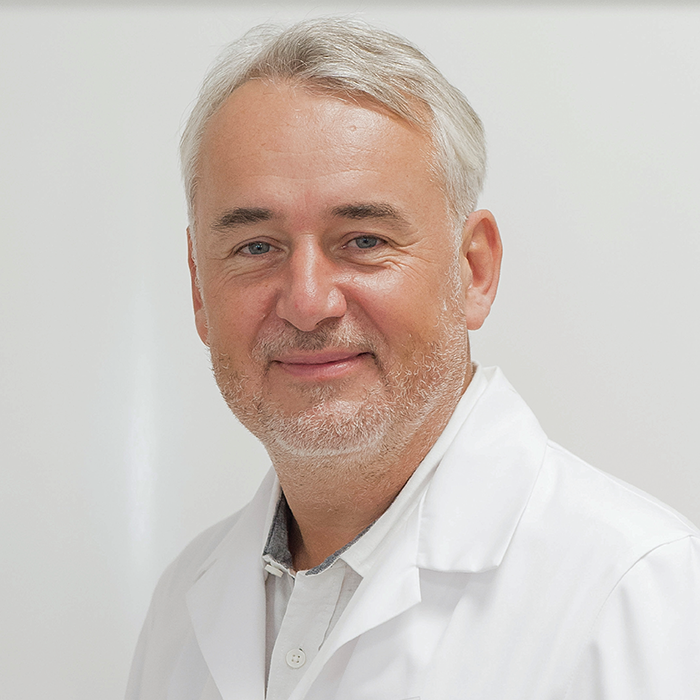 Andrzej Grzybowski (Credit: Headshot supplied by author)
Andrzej Grzybowski (Credit: Headshot supplied by author)
The European Association for Vision and Eye Research (EVER) – a nonprofit association encouraging “the research and the dissemination of knowledge concerning the eye and vision” – was founded in 1997 in France with the merger of the Association for Eye Research (AER), the European Community Ophthalmic Research Association (ECORA) and the Joint European Meetings in Ophthalmology and Vision (JERMOV). EVER attracts members from 11 subspecialties of ophthalmology – from epidemiology to optics, immunology to genetics – all over the world.
This year, The Ophthalmologist Power Lister Andrzej Grzybowski assumed the EVER presidency. Here, he shares his ambitions to further EVER’s collaboration with ophthalmological academies and societies around the world, and highlights the benefits the association offers to its members.
What are EVER’s activities?
EVER is the leading ophthalmological research association in Europe covering all areas of ophthalmology and the visual sciences. It can be considered as a bridge between basic science and clinical eye research, including retina, glaucoma, cornea and ocular surface, oncology, pediatric ophthalmology, strabismus, neuro-ophthalmology, and lens disorders. EVER is interested in translational research within all areas of ophthalmology and the visual sciences – these topics are actively discussed during our annual congress, which attracts the best researchers and ophthalmology clinicians.
What are your priorities as the new president of EVER?
The main goal, which is already in progress, is to collaborate with the national European ophthalmology societies. I plan to introduce EVER sessions/lectures to annual meetings, which would allow translational research at local levels.
We are also interested in starting relationships with researchers and organizations from Asia, such as the Asia-Pacific Academy of Ophthalmology (APAO), the Chinese Ophthalmological Society, and the All India Ophthalmological Society (AIOS). We also have a bilateral collaboration with ARVO, which has been in place for many years.
I believe that the future of EVER is based on attracting the best European researchers and most innovative industry players. But we are, of course, open to contributions from all continents! Collaboration between industry and academic research brings about a range of advantages, such as knowledge transfer, technology transfer, and better access to resources. Both academia and industry have unique resources, and collaborations allow the sharing of these resources for mutual benefit.
What benefits do EVER members receive?
First, at annual EVER meetings you can meet a wide range of European ophthalmology experts, as well as those from other parts of the world. Second, if you present at EVER, your abstract will be available in PubMed – it will be published in Acta Ophthalmologica, the official journal of the EVER. Moreover, as an EVER member, you have free access to Acta content and your publications in Acta are discounted.
Finally, I’ll add that EVER is a very democratic society; all activities and events are proposed, designed, and organized by our members, who feel they can have a real impact on ophthalmology research.
How is EVER positioned to tackle the most pressing eye care issues in Europe?
Major new technologies are presented at EVER every year. To focus on one major topic: this year saw the presentation of new myopia control therapy in children based on low-intensity red light therapy for the first time in Europe. This technology was studied and tested in China, and has been the focus of several high-quality trials. The congress also featured discussions of other exciting approaches, such as the use of 7-methylxantine for myopia control and the dynamics of ON and OFF chromatic adaptation. This is a good example, because it highlights how EVER is a place where major researchers working on experimental and/or genetic models can meet with pediatric ophthalmologists to discuss the advantages and disadvantages of new approaches. We also had several sessions on major developments in artificial intelligence, including diagnosis of diabetic retinopathy, retinopathy of prematurity, age-related macular degeneration (AMD), and glaucoma, as well as oculomics, which is the use of eye for diagnosing systemic disorders.
